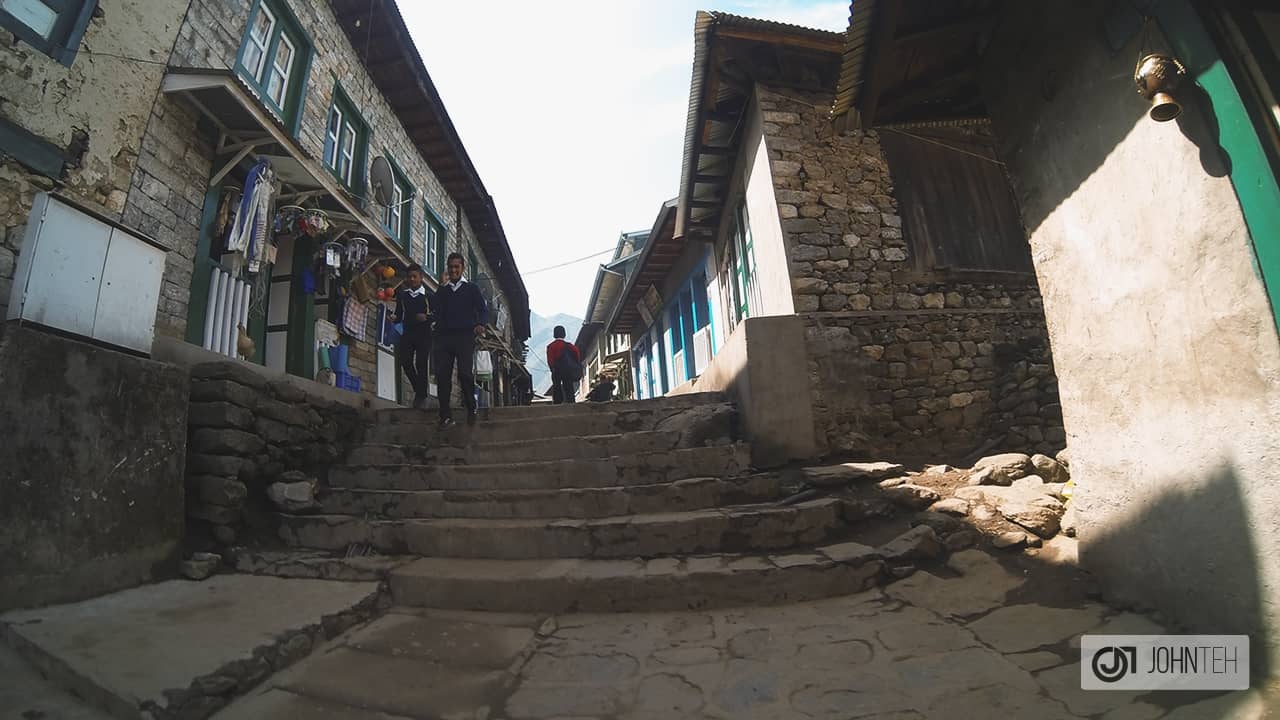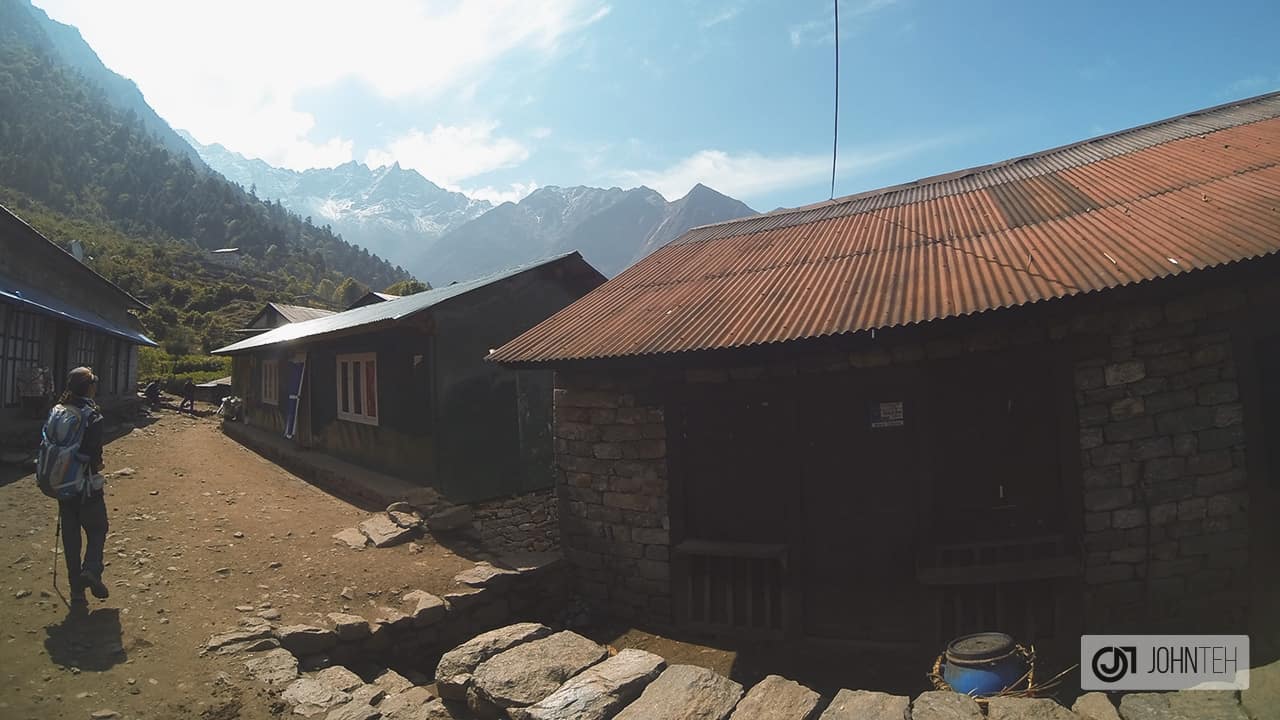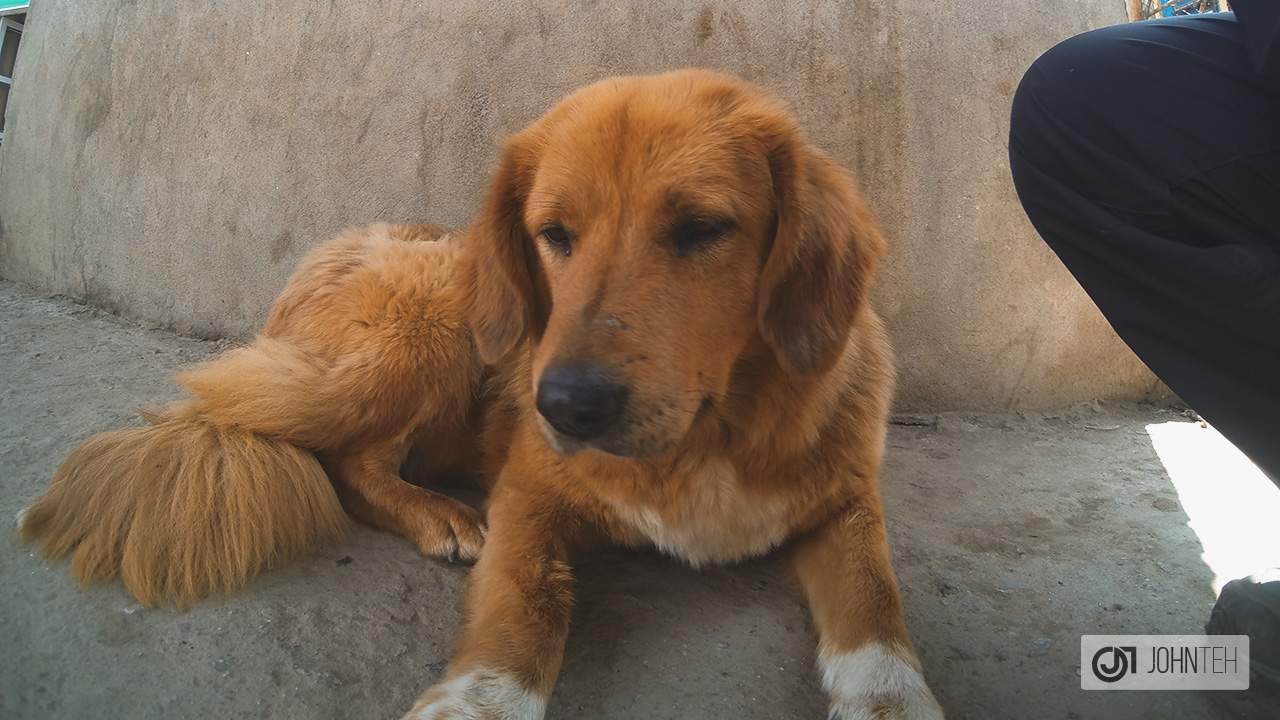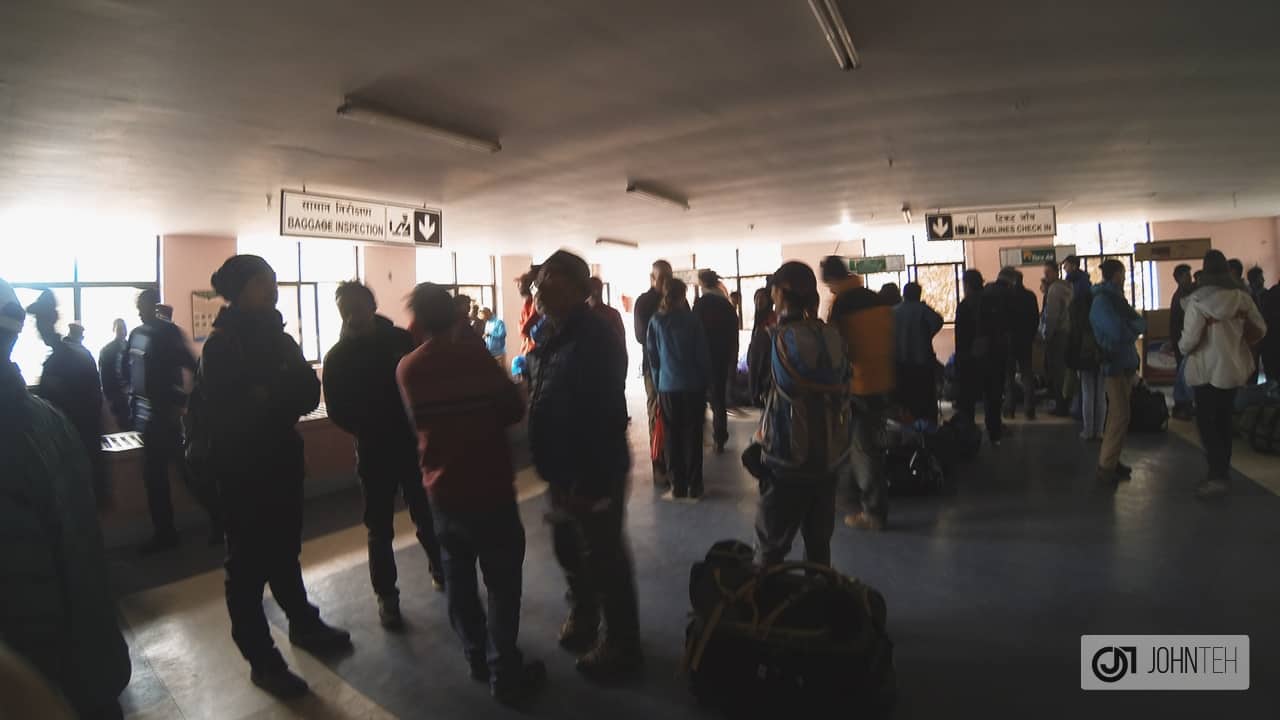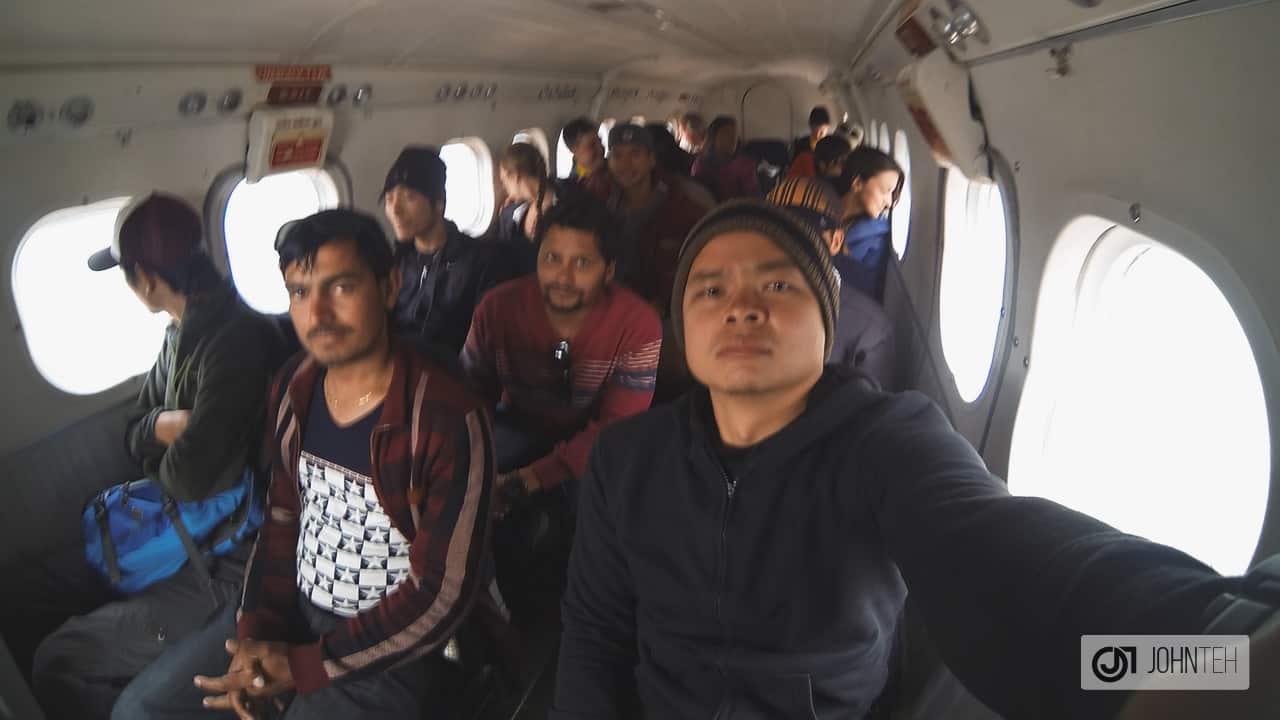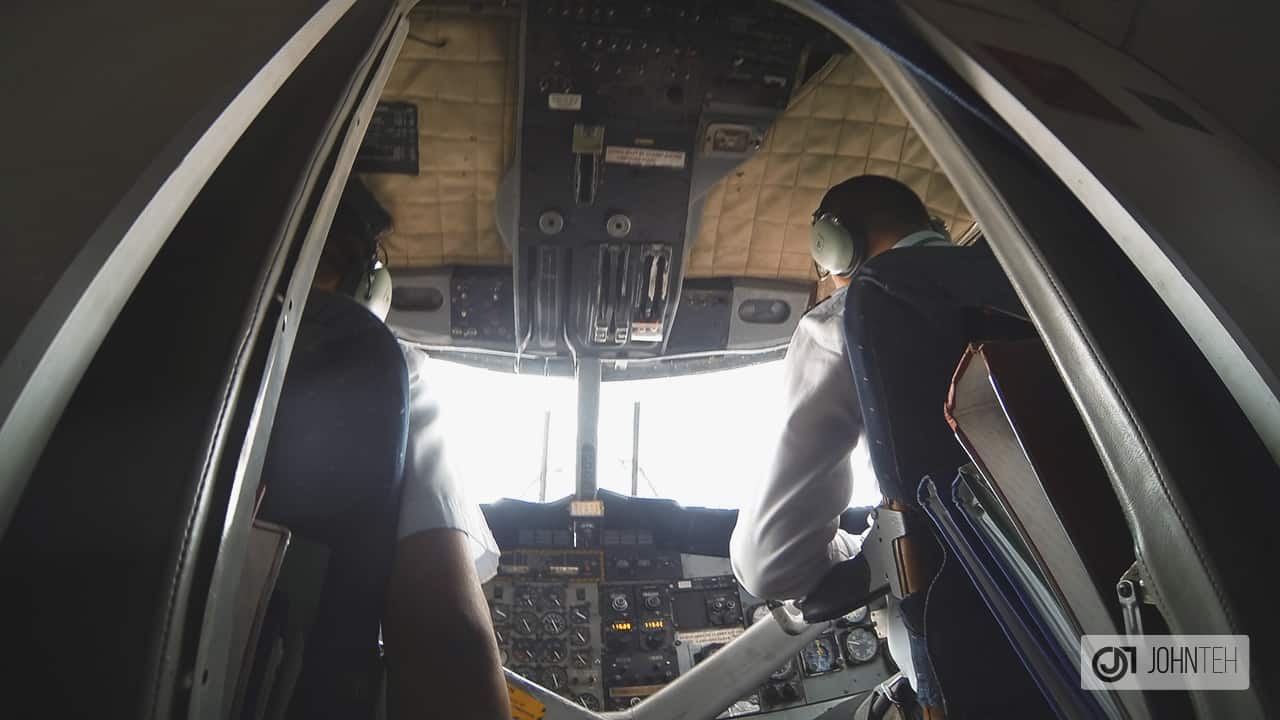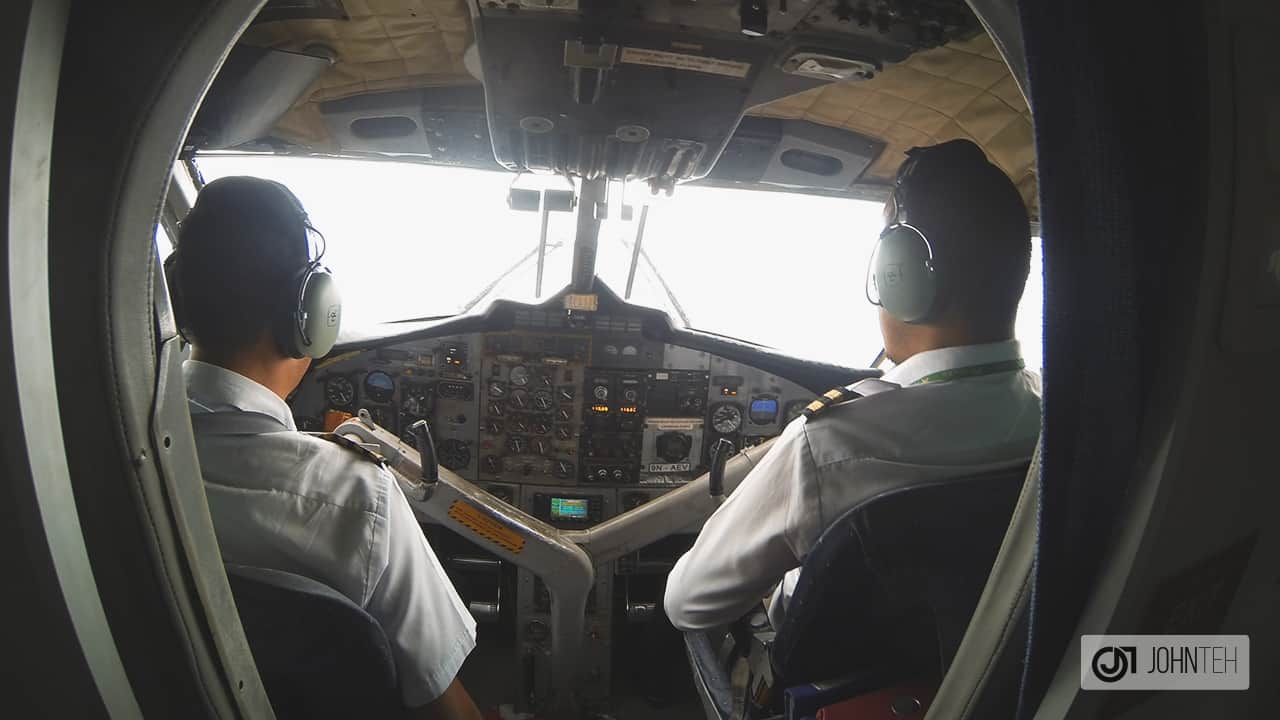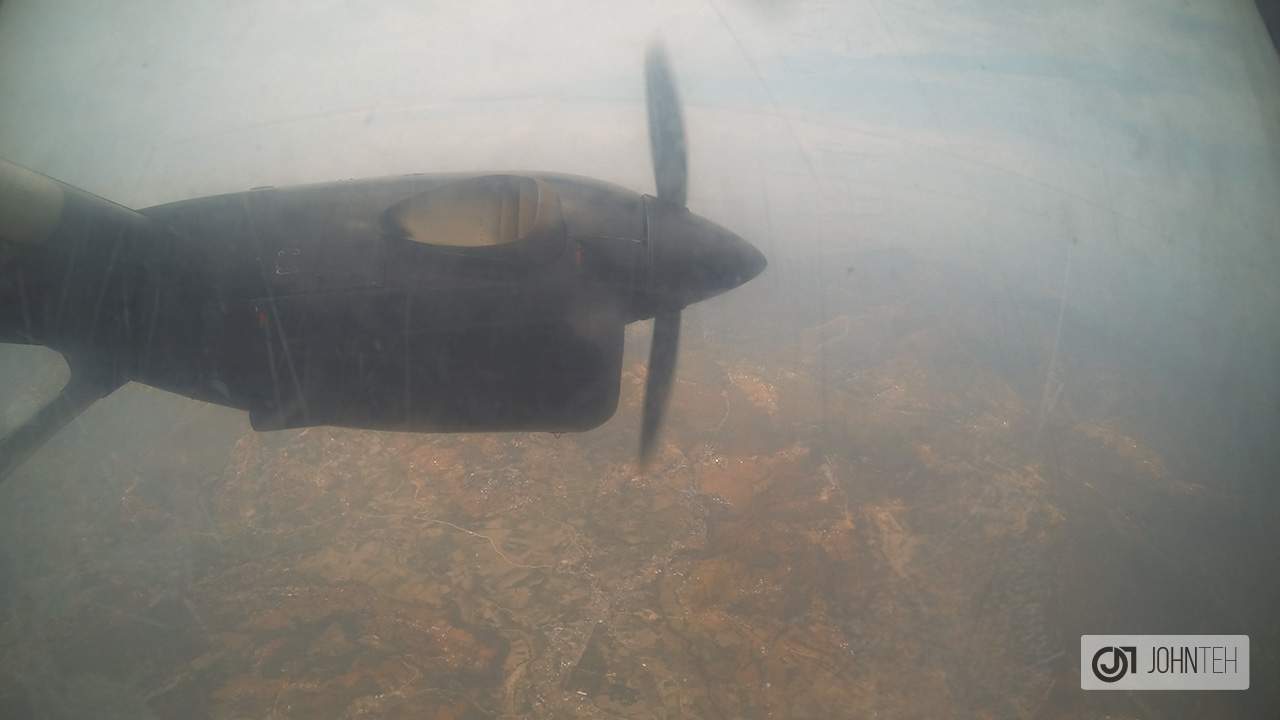Day 12 (Part 2) – A Walk Through Lukla Town (Flying back to Kathmandu from Lukla Airport)

Everest Base Camp (5,600m)
Flying back to Kathmandu from Lukla Town
Note – This section of the journey is more focused on videos than photos.
As we made our way through the town, we encountered many students walking to and from school. The schools in Lukla are typically small and basic, but they provide a solid education to the local children. They are run by dedicated teachers who are committed to providing the best possible education to their students, despite the lack of resources.
As I waited for my delayed flight, I couldn’t help but take notice of the constant stream of plane landings and take-offs happening before my eyes. The runway at Lukla Airport is only 527 m (1,729 ft) long and is surrounded by towering mountains, making for a unique and thrilling experience for pilots and passengers alike.
As I watched the planes maneuver their way in and out of the airport, I also observed the frequent helicopter flights taking off and landing on the nearby helipad. These helicopters are often used for safety missions, such as rescuing stranded hikers or transporting supplies to remote villages in the region.
Despite the delays and the challenges of flying in and out of Lukla, I couldn’t help but feel a sense of awe and appreciation for the pilots and engineers who make these flights possible. Their skill and expertise in navigating the treacherous terrain and unpredictable weather conditions is truly admirable.
As I sat there, I couldn’t help but reflect on the incredible journey I had just completed in the Himalayas, and how grateful I was to be able to return safely.
Finally, my flight was announced, I boarded the small aircraft and took off for Kathmandu. The view from the window was breathtaking. The flight was finally over and I reached Kathmandu safely.
The flight from Kathmandu to Lukla is considered to be one of the most dangerous flights in the world due to the challenging approach and landing at Lukla Airport, as well as the unpredictable weather conditions in the mountains. The average flight time is around 30-40 minutes.
Next Chapter
> Day 13: Swayambhunath Buddhist Temple (Kathmandu)
Everest Base Camp – Visit my Youtube Channel for more videos.
- Day 1 (Kathmandu to Lukla)
- Day 1 (Lukla to Phakding)
- Day 2 (Phakding to Namche Bazaar)
- Day 2 (Namche Bazaar)
- Day 3 (Syangboche Acclimatization)
- Day 3 (Back to Namche Bazaar, dropping by at Sagarmatha National Park)
- Day 4 (Namche Bazaar to Tengboche)
- Day 5 (Tengboche - Dinboche)
- Day 6 (Dingboche & Nangkartshang - Acclimatization)
- Day 6 (Getting down from Nangkartshang & Snow)
- Day 7 (Dingboche to Lobuche)
- Day 7 (A Heart-Wrenching Stop at Thukla Pass and Scott Fischer’s Memorial)
- Day 8 (Lobuche to Gorak Shep)
- Day 8 (Kalla Phatthar Acclimatization)
- Day 9 (Gorak Shep to Everest Base Camp)
- Day 9, 10 & 11 (Gorak Shep to Pheriche, Namche Bazaar and Phakding)
- Day 12 (Phakding to Lukla)
- Day 12 (Flying back to Kathmandu from Lukla Airport)
- Day 13 (Kathmandu - Swayambhunath Buddhist Temple)
- Day 14 (Kathmandu City Adventure)
- Journey to the Roof of the World: A Trekker's Final Post and Summary of the Epic Everest Base Camp Trek

